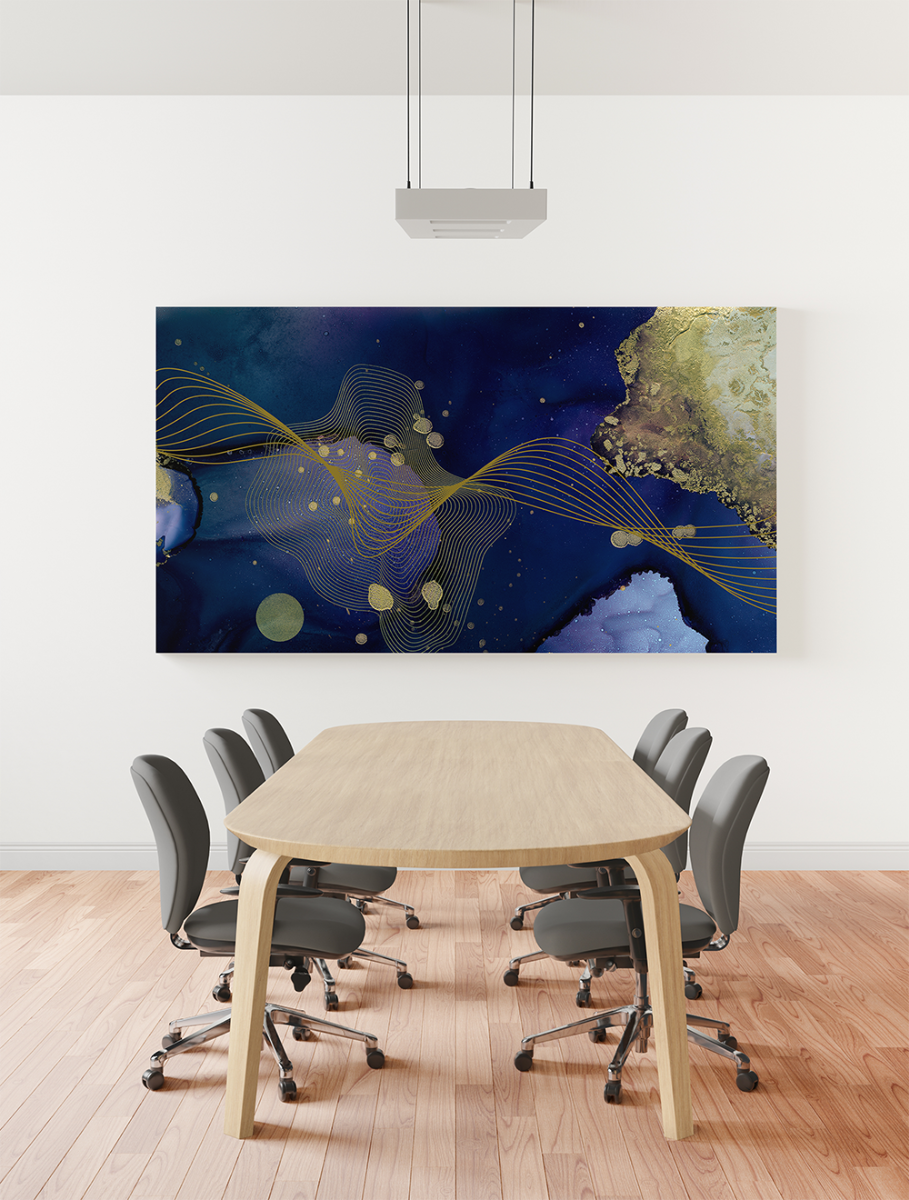Sound Issues: Boost Your Setting with Acoustic Solutions
Accomplish Perfect Harmony in Your Home With Reliable Soundproofing Approaches for Ideal Acoustics
Soundproofing plays a critical role in attaining optimal acoustics, affecting the method we experience and communicate with our living areas. By understanding the principles of soundproofing, recognizing resources of sound disruptions, selecting ideal materials, and using tried and tested techniques, you can change your home right into a haven of harmony where sound improves instead than interferes with.

Understanding Soundproofing Fundamentals
What are the essential principles that underlie effective soundproofing techniques? Soundproofing is rooted in the understanding of how audio waves traveling and engage with different materials. The key to effective soundproofing exists in interrupting or taking in these sound waves to minimize their transmission from one space to an additional. This can be accomplished with various approaches, such as including mass to walls, floors, and ceilings, securing spaces and fractures to prevent audio leak, and using sound-absorbing products like acoustic panels or carpetings (acoustic solutions).
Recognizing the idea of sound transmission course (STC) ratings is crucial in picking the best products for soundproofing. The STC score measures exactly how well a material can lower airborne audio transmission with it, with greater STC scores showing much better soundproofing capacities. Furthermore, considering the effect of impact insulation course (IIC) rankings for minimizing impact noise, such as footprints or furniture moving, can better enhance the performance of soundproofing solutions.
Examining Noise Sources in your house
Building upon the foundational understanding of soundproofing principles, a crucial step in effective noise reduction within your home entails recognizing and analyzing the numerous resources of undesirable noise. Noise sources can be categorized right into 2 major kinds: airborne noise, which consists of audios like discussions, songs, and television, and impact noise, such as footprints or things being gone down.
Furthermore, consider external resources of sound, such as website traffic, next-door neighbors, or close-by building, which can likewise influence the acoustics within your home. acoustic solutions. Identifying these sources will certainly aid you prioritize areas for soundproofing and choose the most effective remedies. By determining the certain noise resources in your house, you can tailor your soundproofing initiatives to attain ideal results and develop a much more tranquil and unified living atmosphere
Picking the Right Soundproofing Materials
When choosing soundproofing products for your home, it is necessary to focus on performance and compatibility with your particular sound problems. Consider aspects such as the kind of noise you are trying to obstruct, the degree of soundproofing required, and the aesthetic appeals of the products to guarantee they blend perfectly right into your why not check here living room.
One common material for soundproofing is acoustic foam. This lightweight and flexible product is great for absorbing mid to high-frequency noises, making it excellent for songs rooms, home theaters, or offices. One more choice is mass-loaded plastic, which is reliable in obstructing out low-frequency sounds like traffic or machinery sounds. For walls and ceilings, soundproof drywall is a prominent option because of its capability to minimize sound transmission in between spaces.
Curtains and rugs made from sound-absorbing materials are also effective in dampening sound, specifically in locations with difficult surfaces that trigger sound to bounce about. Bear in mind, the trick to effective soundproofing is choosing the best materials that address your details sound problems while improving the general comfort and acoustics of your home.
Implementing Soundproofing Strategies
To properly carry out soundproofing methods in your home, it is crucial to begin by analyzing the areas that are most vulnerable to noise seepage. Typical sources of noise can consist of outside sounds from website traffic, next-door neighbors, or nearby construction, along with interior sources like devices, plumbing, and entertainment systems. As soon as you have recognized these locations, you can begin applying soundproofing services customized to every specific room.

For more considerable sound decrease, think about setting up soundproof drywall, double-glazed home windows, or durable networks to separate vibrations. Furthermore, reorganizing furniture, adding bookshelves, or incorporating sound-absorbing materials can further enhance the acoustics of a room. By strategically implementing these soundproofing strategies, you can develop a quieter and even more relaxed living setting in your house.
Preserving and Improving Acoustic Atmosphere
After executing soundproofing techniques to address sound seepage in your home, the focus changes in the direction read the full info here of preserving and improving the acoustic environment to ensure a continually calm space. To preserve optimal acoustics, routinely inspect soundproofing products for deterioration, ensuring they continue to be efficient in blocking undesirable sound. Keep doors and home windows effectively secured to avoid audio leak and take into consideration including climate stripping or door moves for added soundproofing.
Improving the acoustic environment can include strategic placement of furniture, rugs, and curtains to dampen sound reflections and mirrors. Using sound-absorbing materials such as acoustic panels or foam can additionally enhance the general sound high useful reference quality in your home. acoustic solutions. Additionally, including soft furnishings like cushions and blankets can help in reducing noise echo, creating a much more pleasant auditory experience
Furthermore, purchasing sound-absorbing décor components like bookshelves, tapestries, or plants can contribute to a well balanced acoustic environment. Regularly decluttering your area can additionally avoid acoustic waves from jumping off surfaces, eventually improving the general acoustics of your home. By continually maintaining and improving your acoustic setting, you can create a harmonious and serene living space on your own and your family members.
Conclusion
To conclude, attaining perfect harmony in your home via reliable soundproofing strategies is necessary for optimum acoustics. By understanding soundproofing basics, evaluating sound resources, picking the right materials, executing methods, and keeping the acoustic setting, you can develop a tranquil and pleasurable living area devoid of undesirable sound disruptions. Focusing on soundproofing initiatives can dramatically improve the overall quality of life in your home.